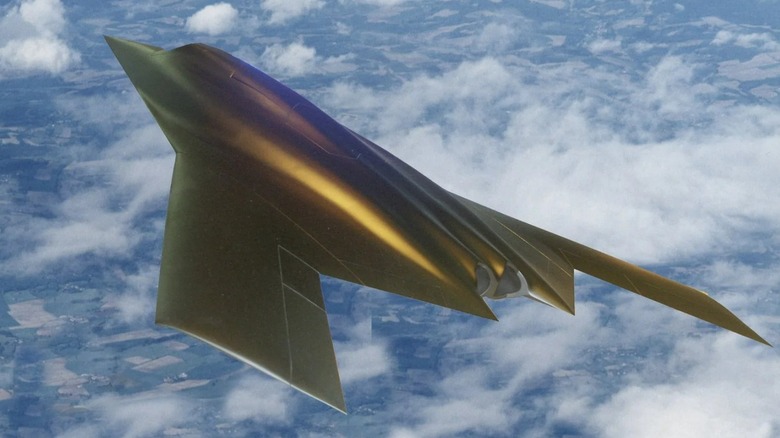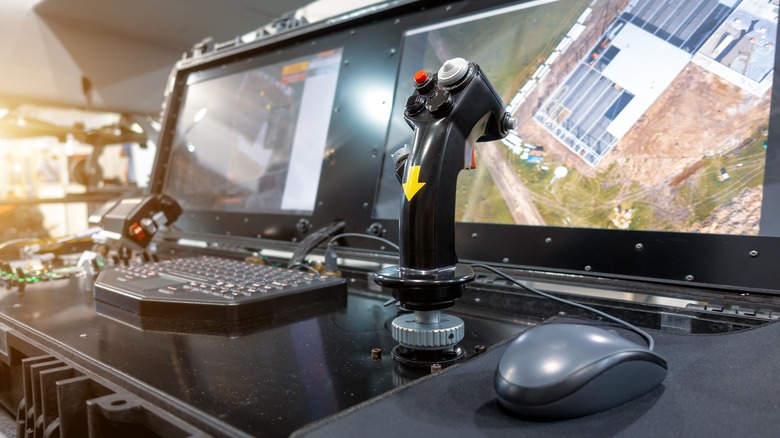The Experimental French Military Aircraft That Was The First Of Its Kind To Fly In Europe
French aerial commanders have long sought to build and incorporate highly technical weapons systems into their arsenal. From World War II on, when air superiority became a key feature of any battlefield engagement, French Air Force leadership sought to develop next-generation weapons to help prevent a re-enactment of the blitzing Nazi invasion that crippled France in 1940.
With a drive for preparedness in focus, France's military industrial facilities have created a variety of stunning aerial weapons platforms — much like some of the United States' most innovative warfare tools. One such addition is the AVE-D Petit Duc; an unmanned, experimental UCAV that was the first of its kind to fly in Europe. The AVE-D is the product of a drive to build out unmanned flight capabilities for the French armed forces, and the project began in the late 1990s.
Dassault Aviation notes that "the advantage of this concept is to avoid the risk of crew casualties in wartime," which meant precise weaponry that could operate under any conditions, regardless of the threat level. The platform would also serve as a low-maintenance training tool that also aimed to reduce environmental impact during peacetime military operations.
The drone craft made its maiden flight on July 18, 2000, making it the first unmanned stealth craft to take to the European skies.
The AVE-D Petit Duc was the first phase of experimental, uncrewed flight
Even though signs point to an abandonment of the original project sometime in the mid-2000s, Dassault Aviation's end goal was the establishment of a third generation, long-range UAV known as the "Grand Duc." Further generations of the program evidently dissipated sometime after the AVE-C model (known as "Moyen Duc") was completed, though that has not been confirmed. The original end goal of the LOGIDUC program was to implement a final UAV into the French arsenal by 2025, one that would have added long range stealth bombing — including nuclear capabilities — in an unmanned capacity for the French Air Force.
Even though the initial experimental designs never materialized into this final format, Dassault's partnerships and efforts would eventually produce a different UAV development project, called the nEUROn program. This new effort would be a European research project aimed at developing unmanned flight across the continent, not just within the French Air Force.
Dassault Aviation would be the prominent developer, but with the launch in February 2006, the governments of France, Greece, Italy, Spain, Sweden, and Switzerland all signed on to participate and help fund the project. Known test flights took place in 2012 and 2014.

